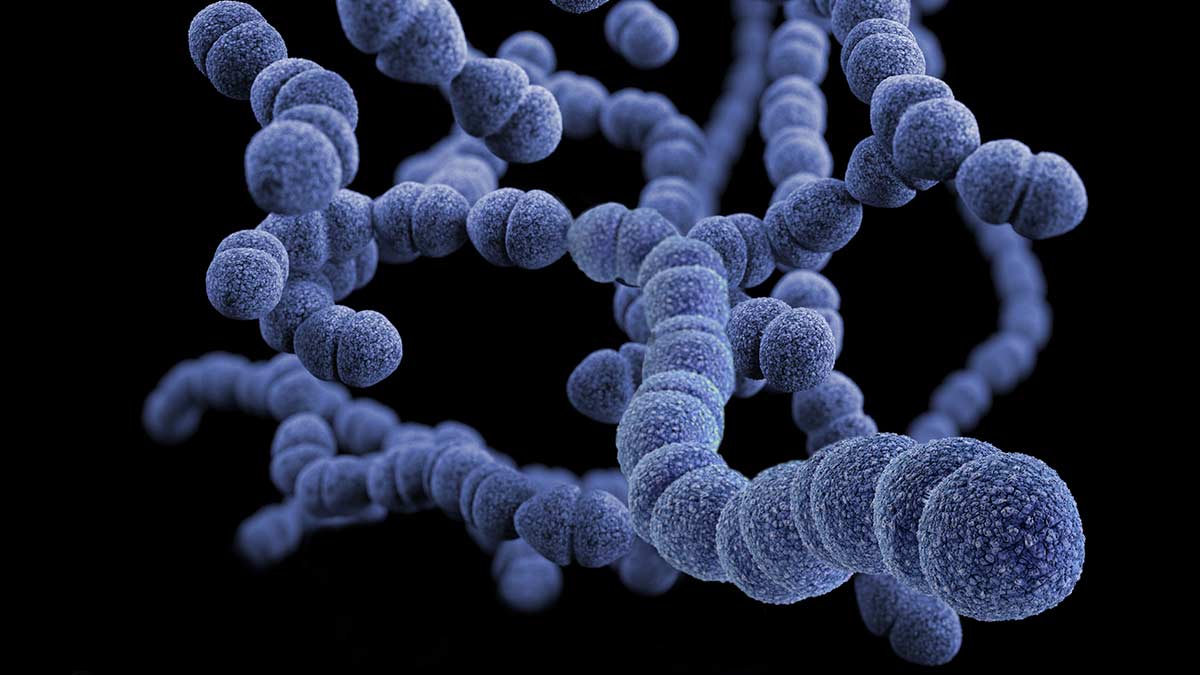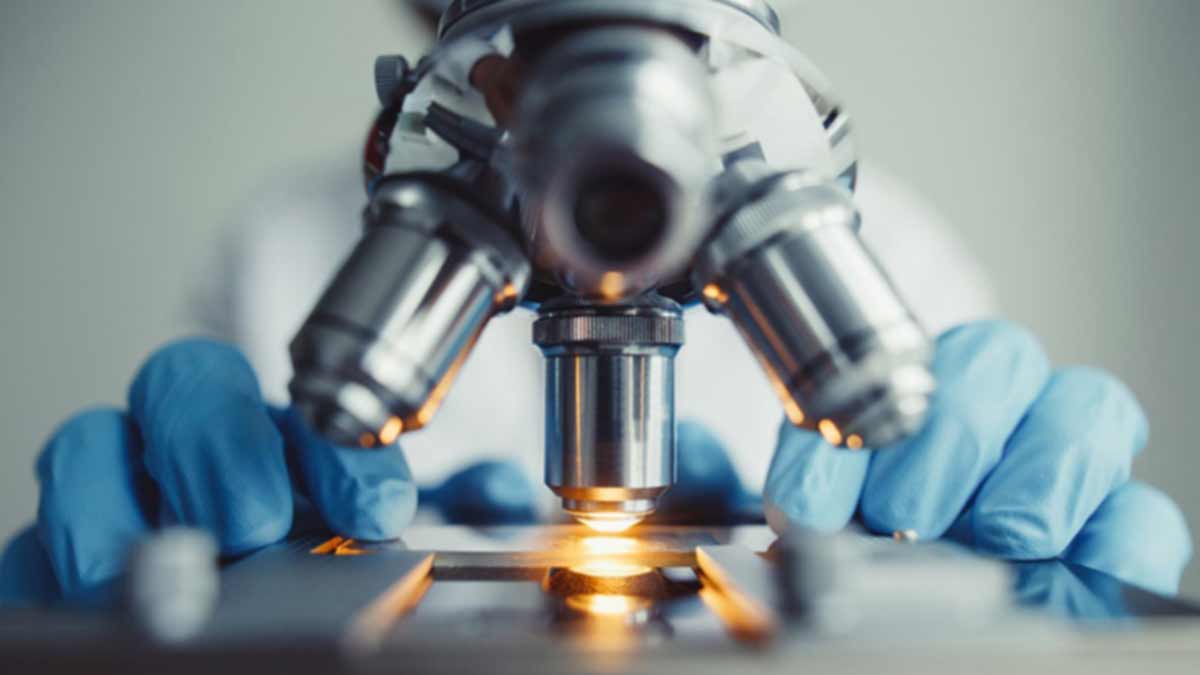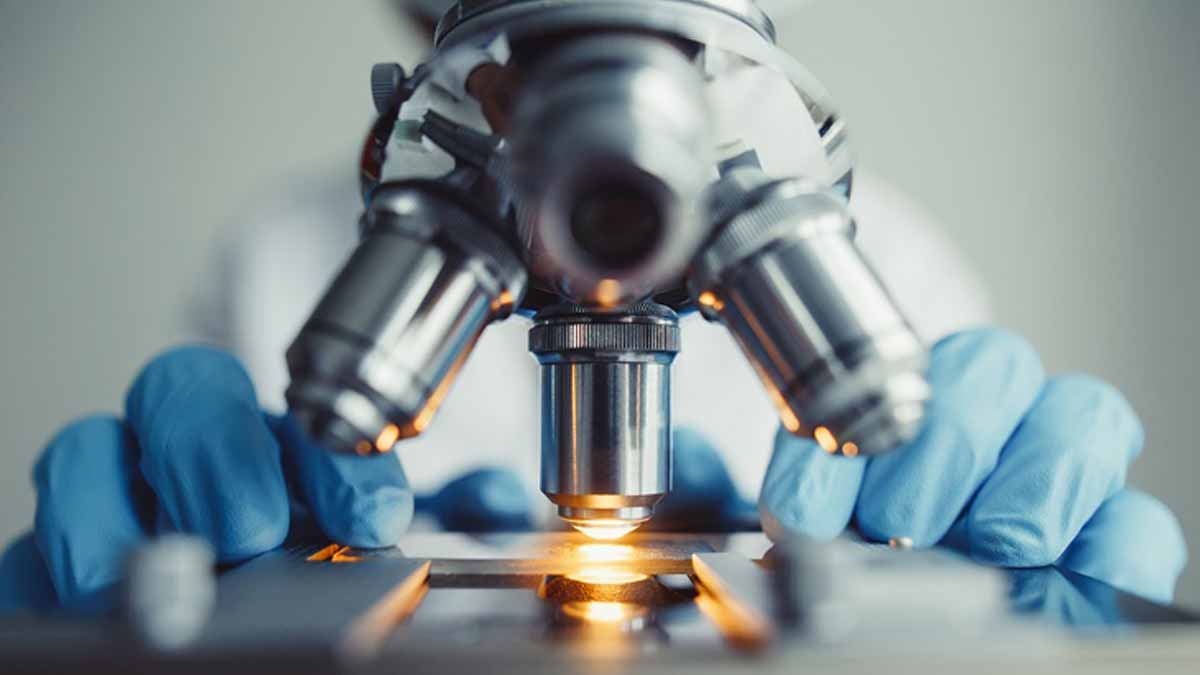New $4.7 million grant to study detection and repair of damaged genomes
The human genome is constantly experiencing breaks and alterations due to external forces and natural responses to stimuli. The majority of these breaks are considered single-strand breaks, caused by natural DNA decay, and can be fixed by referring to the remaining strand of DNA as a template for regrowth. The second type of break that occurs with a significantly lower frequency, except in developing immune cells, are double-stranded DNA breaks. These breaks are often resealed directly by a process called non-homologous end joining. However, if not repaired properly, double-stranded DNA breaks, which are caused by radiation, infection or even normal cellular processes, can alter our genomes by creating mutations or chromosomal translocations. Such genomic aberrations are the root causes of many cancers, especially leukemia and lymphoma.
Eugene Oltz, PhD, professor and chair of Microbial Infection and Immunity at The Ohio State University College of Medicine is particularly interested in how cells naturally react to double-stranded DNA breaks. He aims to study a platform that is constructed in response to DNA damage, which likely holds the broken chromosome together for its proper repair. This work will expand upon his research published in a June 2020 Nature Communications article, and will be funded by a newly awarded Method to Extend Research in Time (MERIT) grant.
The National Institute of Allergy and Infectious Disease (NIAID), part of the National Institutes of Health, awards the MERIT grant, or R37 grant, to investigators with a stellar research record in the field of immunology and infectious disease. This grant, which offers investigators an initial investment of five years, with an option for a five-year extension, allows for significant freedoms and advances in research. Dr. Oltz was awarded a $4.7 million MERIT grant by the NIAID to continue his research into repair mechanisms for DNA double-strand breaks.
“My group wants to understand how the DNA damage response (DDR) platform is generated, how its contours determine the efficiency of DNA break repair and how the platform affects the expression of genes located near the break,” says Dr. Oltz. “Our recent publications act as a foundation for the research that will be funded by this grant.”
Of primary importance is studying the situational differences in repair platforms.
“In the short term, we want to understand how the shapes of chromosomes can impact DNA repair, especially the length of ‘Velcro’ produced in the DDR platform to stabilize the broken ends of the DNA until they are resealed,” says Dr. Oltz. “We will also examine how breaks in non-coding regions vary from those within coding regions of DNA.”
By understanding crucial characteristics of the repair platform, such as directionality, symmetry, response time and biological composition, reasons for mis-repair can be further explored. This, coupled with a grasp of how the architecture of chromosomes impacts the effectiveness and precision of the repair platform, could provide valuable insight into how to manage mis-repair of double strand DNA breaks within mammalian cells.
Citation:
Collins, P.L., Purman, C., Porter, S.I. et al. DNA double-strand breaks induce H2Ax phosphorylation domains in a contact-dependent manner. Nat Commun 11, 3158 (2020). https://doi.org/10.1038/s41467-020-16926-x



